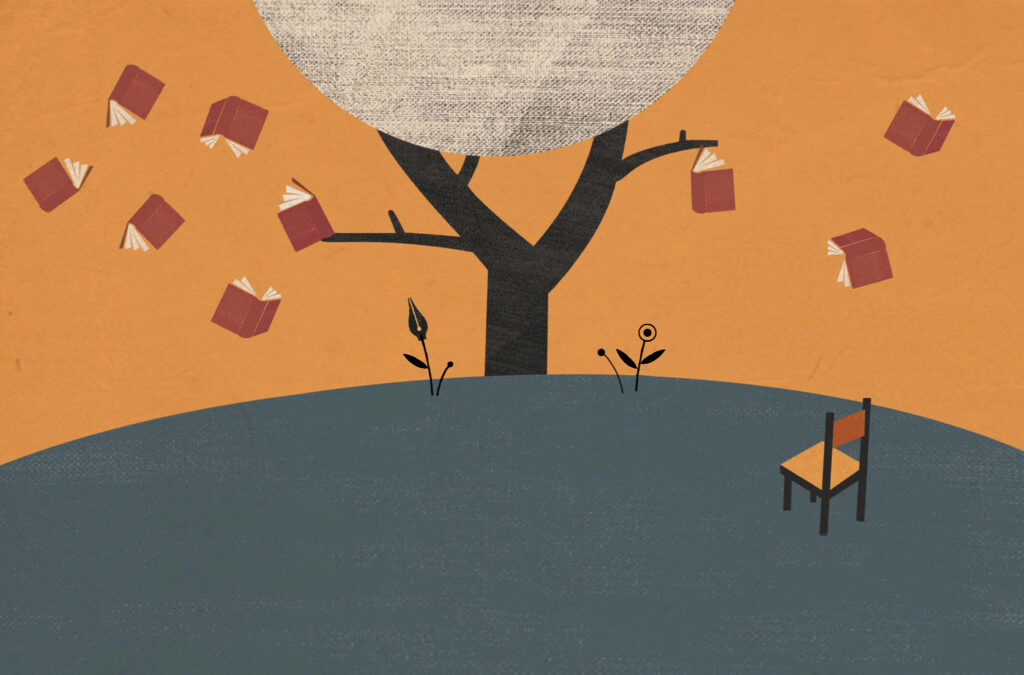by Prashanthi Sankaran

As a young girl in the 90s, when I looked for inspiration in popular Kollywood music (the South Indian Tamil version of Bollywood), almost 90 percent of the songs were sung by just three popular female vocalists who had similar styles – they all sang in extremely high pitched voices, which we often call soprano in the Western world. Alto was a myth.
Some vocalists even took pride in their versatility and ability to match the vocal ranges of their male duet counterparts, which made absolutely no sense. To me, their voices reflected the position of women in society – women had to go way beyond their comfort zones to match the pitch of the male voice, and never vice versa.
In the Indian film music scene, the singer behind the screen was not the singer on screen. Playback singers were forced to voice over for women portrayed on screen – most often either as the melodious entertainers or ardent lovers of strong and powerful male lead actors.
The early 90s Tamil music industry went through a revolution that I like to call Rahmanism (after the popular Tamil music director A R Rahman). Thanks to his contributions, the industry welcomed new singers who brought husky voices that filled the air with hopes and dreams.
In the early 2000s we started seeing female singers that sang in vocal-ranges that were normally perceived as “male” or “bass.” Contrary to the high frequency sweet angelic image that the 80s and the 90s had left on the Tamil society, bass tones in female voices started getting more accepted. This changed the power equation for women in Tamil music.
Female artists came with mastery in genres of their own, instead of fitting into templates set by their male counterparts. Vocalists were encouraged to create from within the depths of their own styles. Songs started being composed to suit the female vocal range and not vice-versa.
Some artists emerged beyond their singing queen image to become entrepreneurs and feminists. Some female singers even came out on social media with stories of harassment during shows to keep their positions on top of the music charts.
Breaking barriers between popular Kollywood music and unpopular Indian classical music, renowned Carnatic musicians started bringing in their wealth of knowledge to what was called pop/film music. This was otherwise considered a taboo – to venture out of their purist classical world.
Today the Kollywood girls bring unmatched style to the table that the Tamil music scene had never heard of. Not to forget international artists like Lady Kash and Raja kumari who challenge the hip-hop and rap scene in the Tamil music industry. What is different this time? Today, they wear their attitude in their voices. This is already a first win.
The last decade has seen an even bigger leap in the popular Tamil music industry. Social media has redefined the rules of the game: people decide what music is popular and what isn’t. Youtube stages a number of independent artists that breathe in truckloads of fresh air. Online platforms like Smule and Tiktok show us that talent is available in abundance. Reality TV is not so much larger than life anymore. Stardom is a myth. Social circles have shrunk. The stage is now even. Let the healthy creative battles begin.
Prashanthi Sankaran is an Indian classical vocalist, pianist and bedroom music producer on Ableton. She is the founder of the Europe chapter of Stichting Society for the Promotion of Indian Classical Music amongst Youth, an NGO with a student network all over Europe. She believes strongly that music and arts can be a tool to overcome the struggles of racism. When she’s not making music, she’s a Mechanical Engineer from RWTH Aachen and loves factories and coaching clients on lean manufacturing practices. She grew up in Bangalore, Karnataka, South India.
